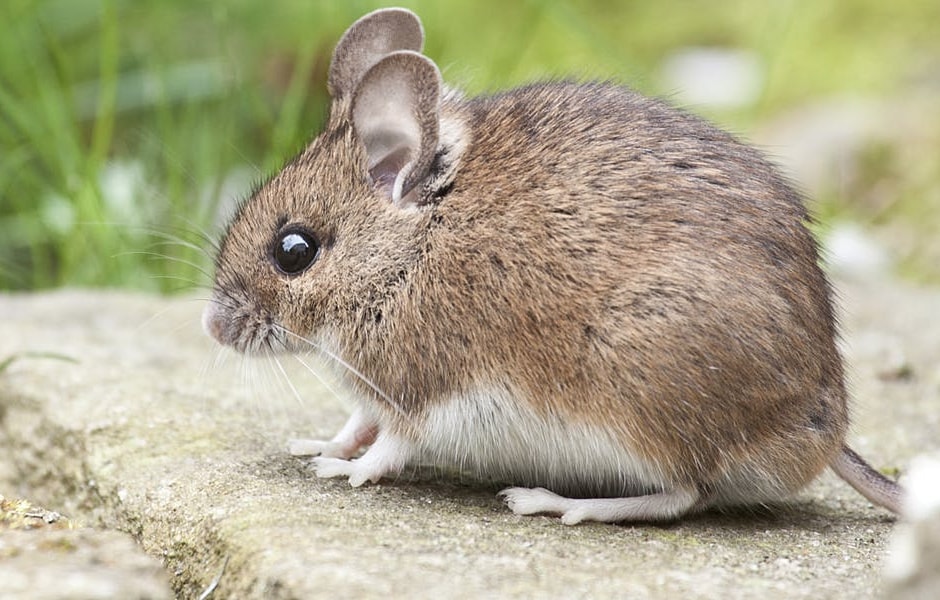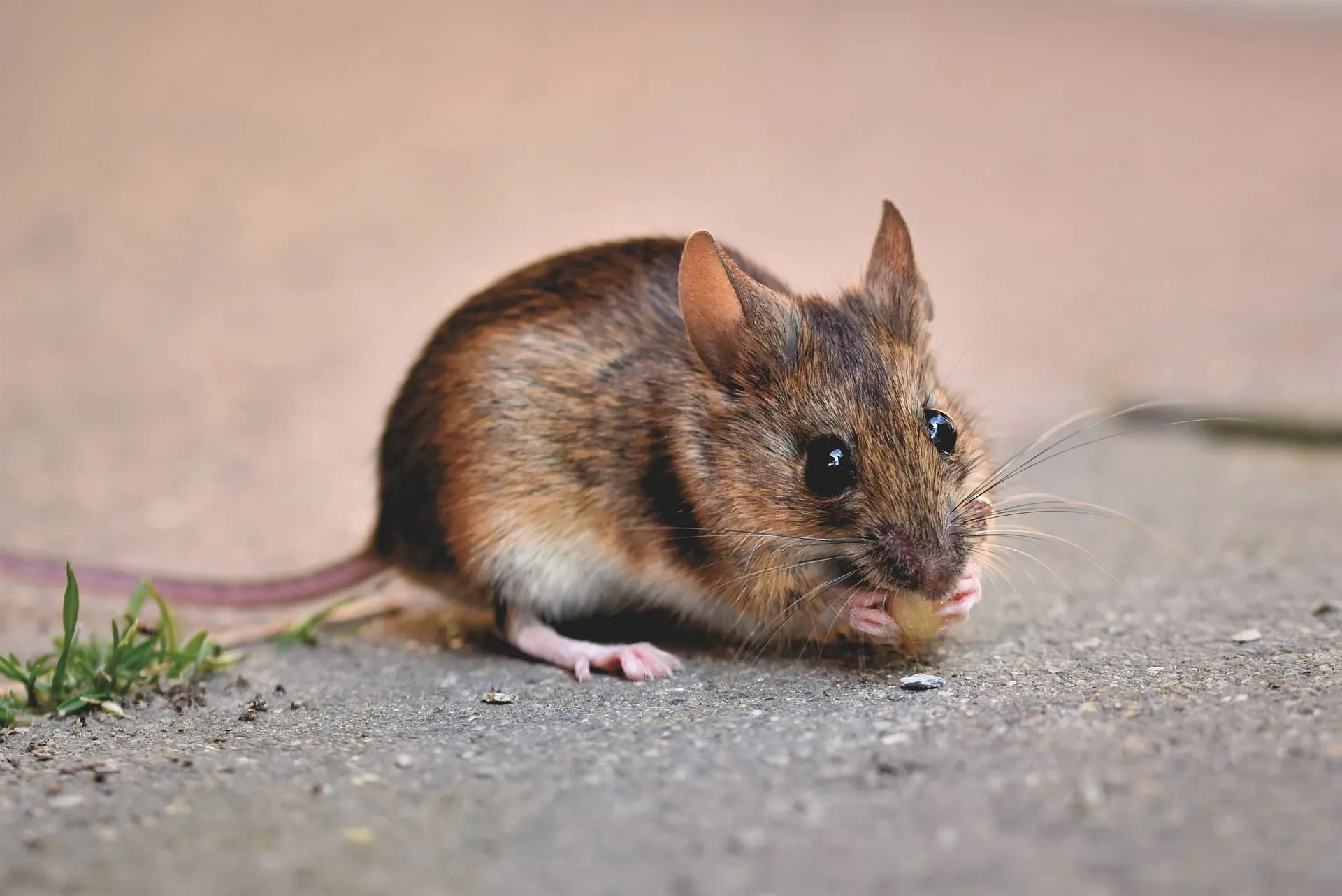Table Of Content

Field mice and house mice may share some common characteristics, but their differences are equally significant. By studying their similarities, we can identify patterns and behaviors that can be applied to other rodent species as well. On the other hand, studying their differences allows us to understand the unique adaptations and behaviors of each species.
Effects of environmental radiation on testes and spermatogenesis in wild large Japanese field mice (Apodemus ... - Nature.com
Effects of environmental radiation on testes and spermatogenesis in wild large Japanese field mice (Apodemus ....
Posted: Wed, 23 Mar 2016 07:00:00 GMT [source]
Primary Physical Differences Between a Field Mouse (Deer Mouse) and a House Mouse
However, they play an important role in the ecosystem as they serve as a food source for predators such as owls and snakes. To protect against field mice infestations, it is important to keep outdoor areas clean and free of debris. Additionally, using anti-allergenic bedding can help prevent allergies caused by mice droppings and urine. Field mice and house mice have distinct differences in their fur color and texture. Field mice typically have a light brown or grayish fur color, which helps them blend in with their natural habitat. Their fur is also soft and dense, providing insulation and warmth in colder climates.
Droppings and Urine
By employing these prevention and control methods, individuals can effectively manage and minimize the presence of both field mice and house mice in their surroundings. Field mice and house mice are two common types of mice that can be found in both rural and urban areas. While they may look similar at first glance, there are several key differences that can help you identify which type of mouse you are dealing with.
Damage Caused
Understanding the preferred environments of these two mouse species is crucial for effective pest control and prevention strategies. Field mice, also known as Apodemus sylvaticus, are small rodents that are commonly found in fields, meadows, and woodland areas. They are similar in appearance to house mice but have some distinct differences.
Damage
Field mice have a more slender body, with a longer tail and larger ears compared to house mice. They are primarily herbivores and feed on seeds, fruits, and grains. Field mice are known to be carriers of various diseases and can cause damage to crops and gardens.
The geographical distribution of field mice and house mice is an important aspect to consider when studying their similarities and differences. This difference in habitat preference is a key factor that contributes to the contrasting behaviors and adaptations of these two mouse species. Understanding the geographical distribution of field mice and house mice is crucial for pest control professionals and researchers studying rodent behavior and ecology. Differentiating between field mice and house mice can be challenging, but there are several methods that can help.
These size and weight differences are important factors to consider when it comes to identifying and distinguishing between the two mouse species. When it comes to fur color and texture, there are distinct differences between field mice and house mice. Field mice typically have a lighter brown or grayish fur color, while house mice have a darker brown or blackish fur color. In terms of texture, field mice have a softer and smoother fur compared to the rougher and coarser fur of house mice.
Identifying Characteristics
Unlike most mice, the California mouse mates with a single partner. The male defends the nest and raises the young to increase the chances of survival. It’s nocturnal and omnivorous, feeding mostly on seeds, berries and insects. It doesn’t hibernate, but goes into a state of inactivity known as torpor during the hottest part of the summer.

They are known to scavenge for food in human dwellings, including crumbs, grains, and even small insects. Their ability to adapt to various environments makes them a common pest in residential areas. By observing the feeding habits and foraging behavior of mice, one can determine whether they are dealing with field mice or house mice. Both house mice and field mice can cause damage to homes and properties.
The tail of a field mouse is usually slender and tapering, allowing it to navigate through dense vegetation and narrow spaces. On the other hand, house mice have shorter tails that are thick and scaly. This tail shape enables them to easily maneuver in indoor environments, such as homes and buildings.
When it comes to field mice vs house mice, there are also some big behavioral differences separating the two. The size of a house mouse can vary, but the average is 2.5 to 3.2 inches long. Their small size allows them to fit through the smallest of cracks and holes in foundations or roofs. Their backs and heads are a darker brown or gray, but their underbellies, legs, and feet are either tan or white.
Seeing ‘evolution in real time’: Mice blend in to survive NOVA - PBS
Seeing ‘evolution in real time’: Mice blend in to survive NOVA.
Posted: Thu, 31 Jan 2019 08:00:00 GMT [source]
House mice are often found in indoor environments with light-colored walls and floors, while field mice are found in outdoor environments with darker soil and vegetation. It is important to understand the differences between field mice and house mice to identify the potential health risks. One of the most common diseases transmitted by field mice is Hantavirus Pulmonary Syndrome (HPS). This disease is caused by inhaling or coming into contact with urine, droppings, or saliva of infected mice. Another disease transmitted by field mice is Lyme disease, which is caused by the bite of infected ticks that feed on mice.
An adult field mouse will live a maximum of one year, the winter being a very difficult period to get through. This small rodent is usually active at night and is very common in rural areas. They are quite invasive, reproduce rapidly, and are adaptable to any living condition. In general, they are brown or gray with lighter underbellies, and their tails are covered with fur.
House mice and field mice have different preferences when it comes to their living environment. House mice are commonly found in urban and suburban areas, where they can easily access human dwellings and food sources. They can be found in homes, buildings, and other structures, and are often seen scurrying along walls and floors.
House mice and field mice also differ in terms of what they eat. You can expect house mice to be more persistent, which can make things difficult when using mouse repellent or other mice control products. A simple glance is enough to help you figure out which is which, as they have different body sizes, tails, and even fur coloring, too.

No comments:
Post a Comment